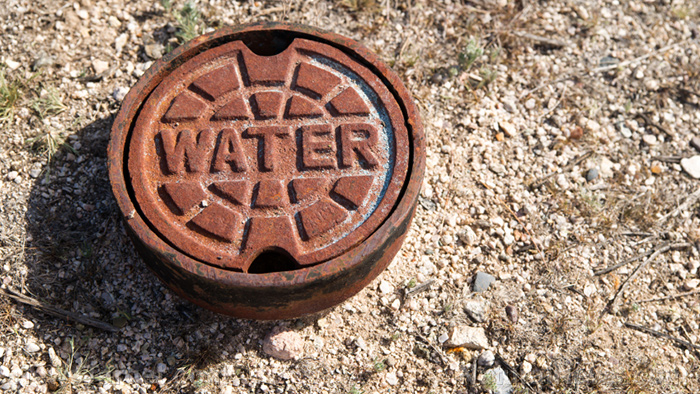
Advertisement
A team of researchers at the National University of Singapore’s (NUS) Faculty of Engineering developed a breakthrough water-based air conditioning system that was deemed cost-efficient and sustainable. The scientists explained that the vapor compression air-conditioning system, first invented by Willis Carrier in 1902, remains to be the most widely used air-conditioning technology to date. However, the experts cautioned that the system often require a large amount of energy to eliminate moisture and to cool the dehumidified air.
The scientists added that the large amount of energy used in running vapor compression air-conditioning systems may contribute to the already worsening climate change. The researchers noted that buildings located in tropical countries may even allot more than 40 percent of their total energy usage to air-conditioning alone. However, the experts touted that the new water-based air-conditioning system may help cut back on energy consumption by up to 40 percent compared with the current system.
Likewise, the scientists explained that the new system reduces the use of chemical refrigerants – such as chlorofluorocarbon and hydrochlorofluorocarbon – during the cooling process. Moreover, the researchers noted that the new air conditioning technology generates drinking water while it simultaneously cools ambient air.
“In contrast, our novel membrane and water-based cooling technology is very eco-friendly – it can provide cool and dry air without using a compressor and chemical refrigerants. This is a new starting point for the next generation of air-conditioners, and our technology has immense potential to disrupt how air-conditioning has traditionally been provided,” lead researcher Associate Professor Ernest Chua told The Engineer online.

How the new water-based air conditioning system works
The scientists explained that the new system was designed to employ two separate systems that will remove moisture and to cool the dehumidified air. The researchers added that using separate systems to perform each function may help promote process control and achieve greater energy efficiency. According to the experts, the system first uses a breakthrough membrane technology that helps eliminate moisture from humid outdoor air. (Related: Groundbreaking technology has the potential to generate power from polluted air.)
Then, the dehumidified air is cooled through a dew-point cooling system that uses water as the cooling medium rather than toxic chemical refrigerants. The new system does not discharge hot air into the atmosphere, unlike vapor compression air conditioners. Instead, the new system releases a stream of cool air that is less humid than the environment. According to the research team, this effect mitigates the risk of developing a micro-climate. The system may also generate as much as 12 to 15 liters of drinking water after operating for one whole day, the experts said.
“Our cooling technology can be easily tailored for all types of weather conditions, from humid climate in the tropics to arid climate in the deserts. While it can be used for indoor living and commercial spaces, it can also be easily scaled up to provide air-conditioning for clusters of buildings in an energy-efficient manner. This novel technology is also highly suitable for confined spaces such as bomb shelters or bunkers, where removing moisture from the air is critical for human comfort, as well as for sustainable operation of delicate equipment in areas such as field hospitals, armoured personnel carriers, and operation decks of navy ships as well as aircrafts,” Assoc Prof Chua said in a separate Science Daily article.
The researchers were reportedly refining the system’s design to improve its user-friendliness. Likewise, the experts were working on new features such as real-time energy monitoring and pre-programmed thermal settings based on human occupancy.
Visit FutureScienceNews.com for the latest in technology and future science.
Sources include:
Submit a correction >>
This article may contain statements that reflect the opinion of the author
Advertisement
Advertisements















